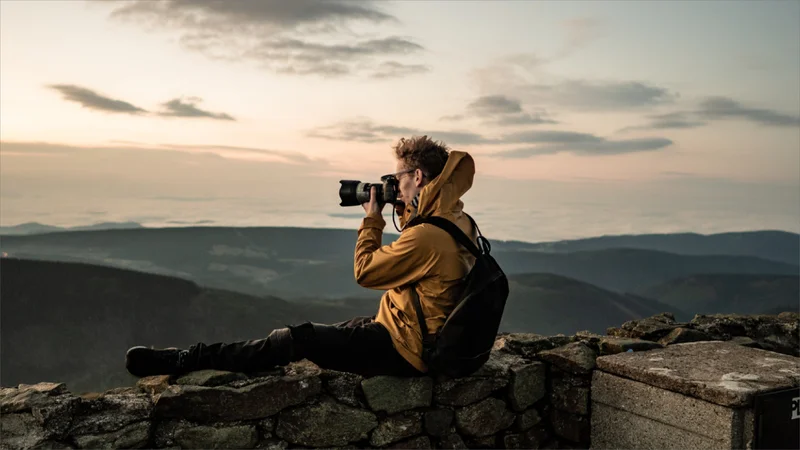Shutter Speed In Photography
You’ve probably heard of shutter speed but have no idea how to use it. What shutter speed is best for portraits? It would help if you kept in mind that shutter speed controls brightness and motion. Shutter speed is very important in portrait photography, so practice makes perfect! In this article, we’ll cover the basics of shutter speed and explain how to control it. Then, we’ll move on to some other factors to consider. This is especially important for product photography. For example, let’s say that you have a Christmas product photography gig for an e-commerce brand. If your shutter speed is perfect, your product photos are likely to look clear, bright and natural.
Table of Contents
Fast shutter speeds control motion
In sports photography, fast shutter speeds are necessary to freeze the action or show the passage of time. However, a faster shutter speed in portrait photography is not always necessary. You can start with a 1/250-second shutter speed and review the results later. Also, you should be able to handhold the camera to get the best results. To use a faster shutter speed in portraits, make sure to choose the right settings for the type of subject and the setting of the background.
As a rule of thumb, faster shutter speeds produce more blurred images than slower ones. Shutter speeds also control the amount of light entering the camera, so long shutter speeds produce brighter images while short shutter speeds produce darker ones. The speed of the shutter also controls the motion of the subject. A moving subject will appear as a blurry image is captured at a fast shutter speed. A longer shutter speed will freeze the movement, while a fast shutter speed can make a subject look still.
Slow shutter speeds control brightness.
The shutter speed of your camera controls the brightness of your photo. It can also be used to create dramatic effects by increasing or decreasing the length of time the sensor is exposed to light. The shutter is a curtain within the camera body that opens and closes in response to a trigger. The longer the shutter is open, the more light it collects and the brighter the resulting image. Slow shutter speeds control brightness in portraits by giving your subject more light than a faster shutter speed.
When you take portraits, the environment you’re photographing is also important. For instance, a 30-second shutter speed will be appropriate if your subject is playing in the moonlight. However, if the scene is bright and sunny, you’ll want to lower your shutter speed to between 1/500 and 1/1000 seconds. Slower shutter speeds reduce the risk of overexposure and provide the sharpest photographs.
Practice makes perfect with shutter speed.
When taking portraits, a slower shutter speed is usually better. It can help freeze motion and minimize blur but it is best used with poor lighting conditions. If you want to eliminate motion blur, increase the ISO setting. Try a shutter speed of 1/500th or faster to capture a dynamic moment. A tripod is also useful, especially if the subject is in motion or a dark setting.
The shutter speed you use will determine how long light stays in the photo. A faster shutter speed will freeze motion. In general, a faster shutter speed is better for bigger subjects. However, if your subject is moving, it will appear blurred. It’s important to practice with different shutter speeds, so you’ll be able to choose the right one. Practice makes perfect with shutter speed for portraits.
Other factors that affect the shutter speed
Your camera’s shutter speed controls the amount of light and movement a photograph contains. It determines how sharp or blurry the image will be and how much time the shutter stays open. The longer the shutter is open, the more light will reach the sensor. In general, you should keep your shutter speed equal to the focal length of your lens if you’re hand-holding. For example, a 400mm lens will need at least a 1/400 shutter speed to avoid unintended bokeh, which will also cause blurring in the photo.
In portrait photography, shutter speed is critical for capturing moving objects or freezing action. If the subject is stationary, the best shutter speed for portraits is 1/200 or 1/15th of a second. Shutter speed can also be adjusted according to the subject and environment. The better the photo is, the longer the shutter speed will be. Generally, the best shutter speed for portraits is 1/200 or 1/15th of a second on a tripod. This speed is the highest synch speed of most flash units.


